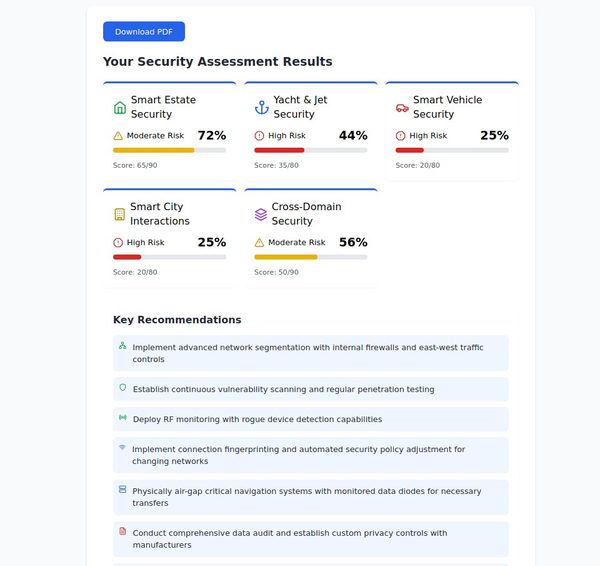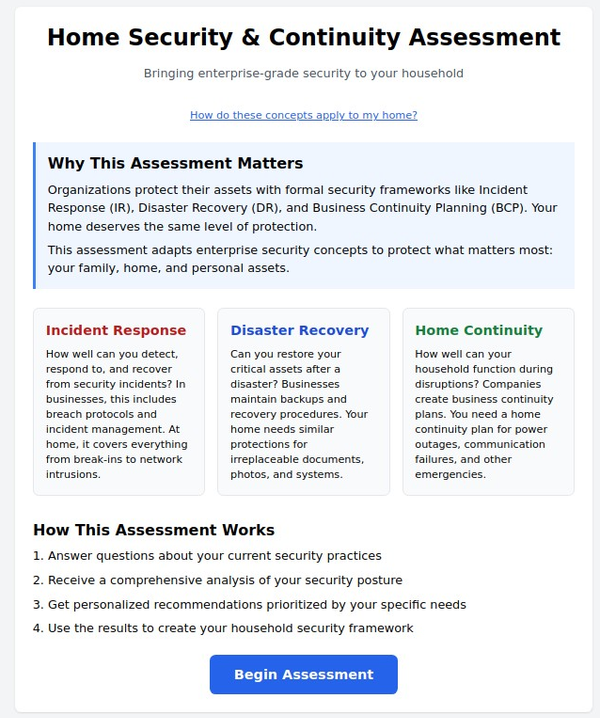Home Automation and Energy Efficiency: Balancing Convenience and Sustainability
Discuss how home automation systems can contribute to energy efficiency and sustainable living. Explore ways to optimize smart home systems for energy conservation without compromising security.
Introduction: As the world embraces the benefits of technology, home automation has gained popularity for its ability to enhance convenience and improve efficiency. However, it is essential to strike a balance between the convenience of home automation and the need for sustainable energy practices. In this article, we explore how home automation can promote energy efficiency, reduce carbon footprints, and help create a greener and more sustainable future.
Understanding Home Automation and Energy Efficiency:
a. Home Automation:
- Definition: Home automation refers to the integration of smart devices and systems to automate and control various aspects of a home, including lighting, heating, cooling, and appliances.
b. Energy Efficiency:
- Definition: Energy efficiency aims to optimize energy usage by reducing energy waste and maximizing the output achieved from consumed energy.
Promoting Energy Efficiency through Home Automation:
a. Smart Thermostats:
- Temperature Control: Smart thermostats enable precise heating and cooling control, allowing users to schedule temperature adjustments and optimize energy usage.
- Geofencing Technology: Smart thermostats can use geofencing technology to detect when residents are away, automatically adjusting temperature settings to conserve energy.

b. Lighting Automation:
- Motion Sensors: Lighting automation with motion sensors ensures that lights are only activated when needed, reducing unnecessary energy consumption.
- Timers and Dimmers: Automated timers and dimmers allow for customized lighting schedules and brightness levels, optimizing energy usage.
c. Appliance Management:
- Smart Plugs: Smart plugs enable remote control of appliances, allowing users to turn them off when not in use, reducing standby power consumption.
- Energy Monitoring: Some smart plugs and energy monitoring devices provide real-time energy consumption data, enabling users to identify energy-intensive devices and make informed decisions.
d. Renewable Energy Integration:
- Solar Panels: Home automation systems can monitor and manage solar panel energy production, maximizing the utilization of renewable energy sources.
- Energy Storage: Home automation can integrate with energy storage systems, allowing users to store excess energy generated from renewable sources for later use.
Energy Monitoring and Analytics:
a. Smart Energy Dashboards:
- Real-time Monitoring: Smart energy dashboards provide real-time energy consumption data, empowering users to track their usage patterns and make energy-saving adjustments.
- Energy Analytics: Advanced analytics algorithms can analyze energy data and provide insights for optimizing energy usage and identifying areas for improvement.
b. Demand Response Programs:
- Integration with Utility Programs: Home automation systems can participate in demand response programs, adjusting energy usage during peak hours to support grid stability and reduce strain on the energy infrastructure.
User Engagement and Behavior:
a. Education and Awareness:
- User Training: Home automation users should be educated on energy-efficient practices and provided with guidance on using automation features responsibly.
- Tips and Recommendations: Home automation platforms can offer energy-saving tips and personalized recommendations based on individual usage patterns.
Environmental Sustainability and Long-term Benefits:
a. Reduced Carbon Footprint: Home automation contributes to reduced greenhouse gas emissions by optimizing energy usage, supporting environmental sustainability.
b. Cost Savings: Energy-efficient practices driven by home automation can lead to significant cost savings on utility bills, allowing homeowners to reap financial benefits in the long run.
c. Integration with Smart Grids: Home automation systems can interact with smart grids, fostering a more efficient and sustainable energy ecosystem.
Conclusion: Home automation presents exciting opportunities to enhance convenience while simultaneously promoting energy efficiency and sustainability. By leveraging smart thermostats, lighting automation, appliance management, renewable energy integration, energy monitoring, and user behavior engagement, homeowners can strike a balance between convenience and sustainability. Embracing home automation as a tool for energy efficiency is a significant step towards building a greener future and ensuring a harmonious relationship between technology and environmental responsibility.






